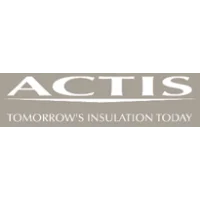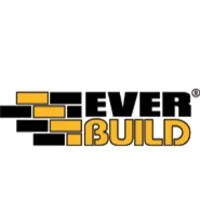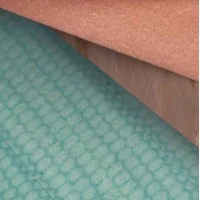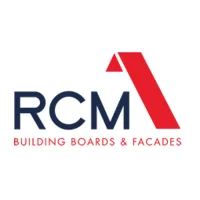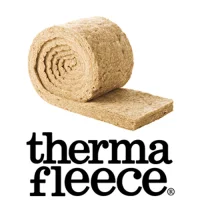Removing Asbestos Insulation – a Good Idea or Not
by Mark Row
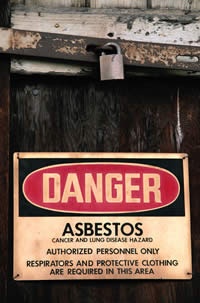 Staying on the Safe Side
Staying on the Safe Side
Though it may seem a bit out of place to discuss asbestos now when it has been banned for almost 40 years, know that it can still present a threat for your health. Namely, up until it was found hazardous and thus stopped being used as an insulator, asbestos was one of the most common materials used in building construction and insulation due to the fact that it is fire resistant, very flexible and resilient. This is why if you own or live in a house built before the 80s, you are probably having asbestos within your home which is a fact you must take into account when planning any remodelling or repair work which can in an way disturb the material, causing all the dangerous particles flying through the air and getting to your clothes, hair and eventually reaching your lungs. If this is the case with your home we will try to give you some advice on removing asbestos insulation – is it a good idea or not?
About Asbestos
Asbestos is a fibrous material made out of magnesium silicate and separated into fine fibres which are then added to different products in order of improving their fire resistance and strength, why commonly used as an insulation material. It can be found practically anywhere within your home, in siding, floor tiles, fibreboard, paint or cement. It does not have to be dangerous if not anyhow disturbed during heavy remodelling and reconstruction work when it can be released into the air and potentially stay there for many years. Further on, heavy exposure to these fibres over a longer period of time can cause serious health problems including lung cancer.
Where Can It Be Found?
If you have carefully read the previous lines, you are well aware that if you are living in an older home and planning on doing any reconstruction work that may involve tearing down walls or drilling, it is best you conduct a thorough inspection of your home or better yet hire a professional to do the job for you, all in order of avoiding potential risks to your health.
Now, when conducting such inspection looking for asbestos insulation, there are a few places and areas you should pay special attention to, including:
- Roof materials, such as asphalt roofing shingles;
- Older boilers and heaters which are often insulated with asbestos;
- Materials used to seal pipes going through the walls;
- Furnaces and stoves door gaskets;
- Floor tiles adhesives and back of vinyl sheet flooring;
- Materials such as paper or cement sheet used to insulate areas around furnaces and stoves;
- Drywall and plaster;
- Older windows putty;
- Attic concrete block walls;
- Pipes and ducts (including the duct seems) are often covered with asbestos tape;
- Fireplaces;
- Decorative and soundproofing materials.
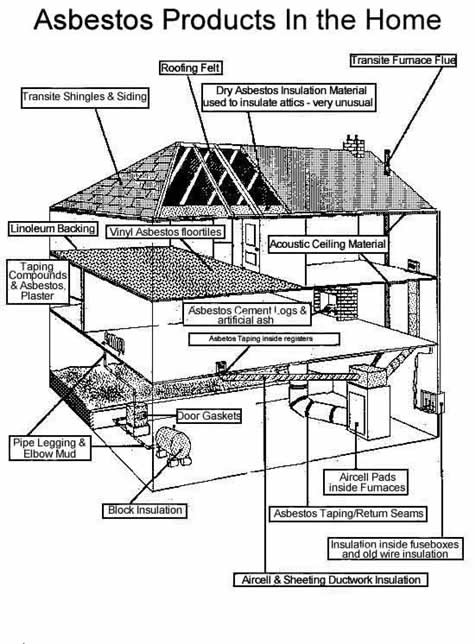
Since, asbestos insulation cannot be spotted only by looking it will need to be properly sampled in order of determining whether the material contains asbestos. Again, we advise that you allow a professional to do the job, but if you insist on doing the sampling yourself, there are a few things that you must take care of at all means. The first rule is to sample only the materials and surfaces that you plan on reconstructing or in any way disturbing. Then, make sure that you are the only person within the room. Properly protect yourself that is wear protective gloves and other protective equipment if necessary. Close all doors and windows and turn of cooling and heating devices in order of minimizing the spread of potential asbestos fibres. If you are sampling a material from your wall, always cover the area below with some plastic sheeting which you will later on dispose of. Always wet the area you are extracting the sample from with some water and detergent which will slow down the spread of fibres. Cut out a small piece of the material (not more than you need to) by using a small, sharp knife and place the piece in a container that needs to be properly sealed and labelled before sampling. Once you are done, make sure to wash your hands and clean the area the sampling has been performed at. Finally, send the sample to a certified laboratory for asbestos testing.
What Can You Do?
If you have determined that there is asbestos insulation present within your home, there are two basic ways of dealing with the problem – by repairing or removing it.
Repairing asbestos insulation is usually less time and money consuming project than complete removal. It can include minor or major repairs depending on the area covered and the amount of asbestos that needs to be taken care of. If you opt to repair the problem, know that you can do it in two most common ways – by covering or sealing asbestos material. Covering includes placing sheeting over or around asbestos insulation, in order of preventing it from spreading and can be successfully applied to insulated pipes by covering them with a jacket or wrap. Sealing, on the other hand, involves using material that will either bind the fibres or coat them in order of preventing them from getting into the air. This method can be applied to boilers, pipe and furnace insulation.
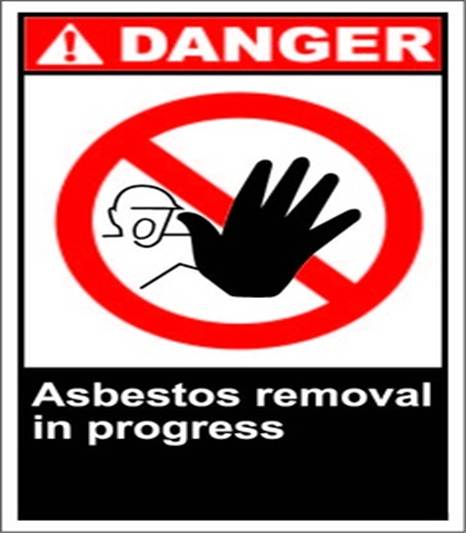
Removing asbestos insulation should be your last resort, due to the fact that not only is it a very expensive and detailed job, but also because complete removal always poses a greater risk for asbestos fibres release. However, it is often necessary, especially if you are planning on undertaking serious and major repair work or the insulation is in bad state and needs removal. The final word of advice is – never undertake the repair or removal yourself, but always hire a professional to do it! You can maybe do the minor repairs, but always taking the required precautions and protecting yourself.
For more information on home insulation materials and insulation installation, please read related blog articles and product descriptions on our website. If you have any questions please post them in the comments below.

